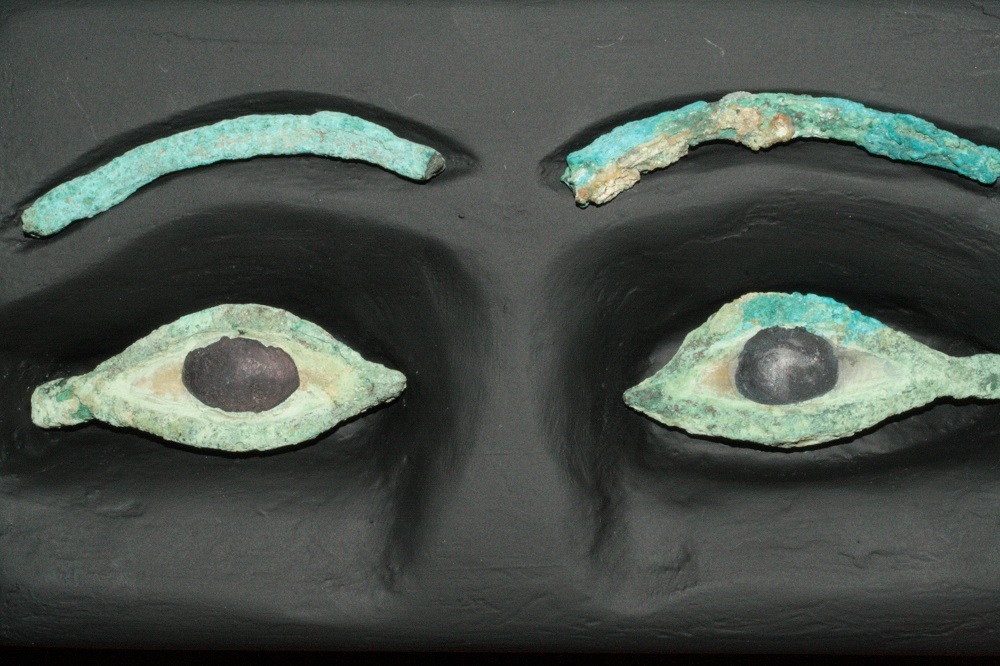To view an illustrated brief history of prosthetic eyes download our pdf.
The very first prosthetic eyes were made by Roman and Egyptian priests as early as the 5th century BC. They were made of painted clay attached to cloth and worn outside the socket. Centuries later, the first in-socket artificial eyes were made of gold, coated with coloured enamel. Then, in the later part of the sixteenth century, the Venetians started making artificial eyes out of glass.
In New Zealand at the end of the nineteenth century, optometrists (e.g. Peacock Optometrists of Auckland) were importing stocks of glass eyes from Germany. They came in trays from which clients would select the best fitting eye from an assortment. Too bad if the colour or size did not match up.
When polymethylmethacrylate (acrylic) was invented just prior to the Second World War it was first introduced as a material for making dentures. Dental technicians found that it was superior to the old vulcanite rubber material which it quickly replaced. They also discovered that the new acrylic was better for making prosthetic eyes than glass and it wasn’t long before this new material supplanted the 400-year-old glass eye industry. After the war, more dental technicians adopted the new technology and extended their denture making skills to prosthetic ears, noses, cranial implants, oral and plastic surgery appliances etc. Today this new discipline is called maxillofacial technology.
In the United States, the onset of World War 2 cut of the import of glass from Germany. The solution was poly-methylmethacrylate and the Department of the Navy set up a crash course in applying this new technology to the field of eye-making.
These different origins appear to have resulted in 2 main schools for manufacturing prosthetic eyes. The US school centred on the American Society of Ocularists and the English school which is rooted in dental technology.
A New Zealand plastic surgeon, Sir William Manchester observed the technique for making plastic prosthetic eyes while serving at Queen Victoria Hospital, East Grinstead, England during World War 2. He introduced the technique to New Zealand after the war.

Bronze Egyptian eyes from
600-300 BC
The history of prosthetic eyes has an unlikely beginning that is shrouded in the myths and legends of Ancient Egypt. The god Horus had many different forms but was most notably god of the sun, war and protection. He conquered his brother Seth, the patron of Lower Egypt and formed the united kingdom of Egypt about 3000 BC. At some point in his battles, Horus’ left eye was plucked out and torn into pieces by Seth, only to be restored by Thoth (the god of wisdom and magic and obviously the first ocular prosthetist). Horus’ remaining right eye was said to be the sun and his left (prosthetic) eye related to the moon which is continually torn out of the sky and restored every lunar month, piece by piece.
